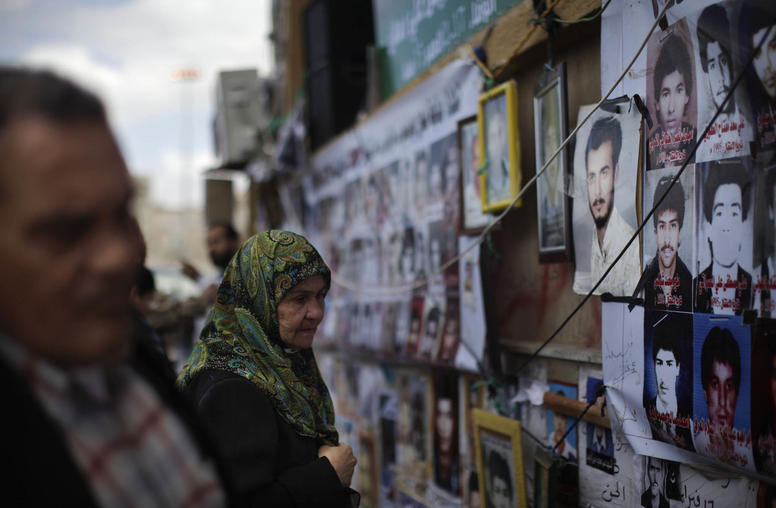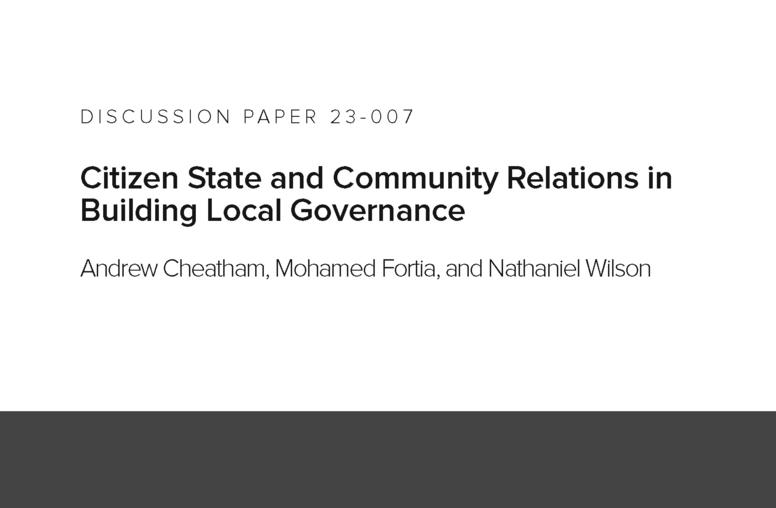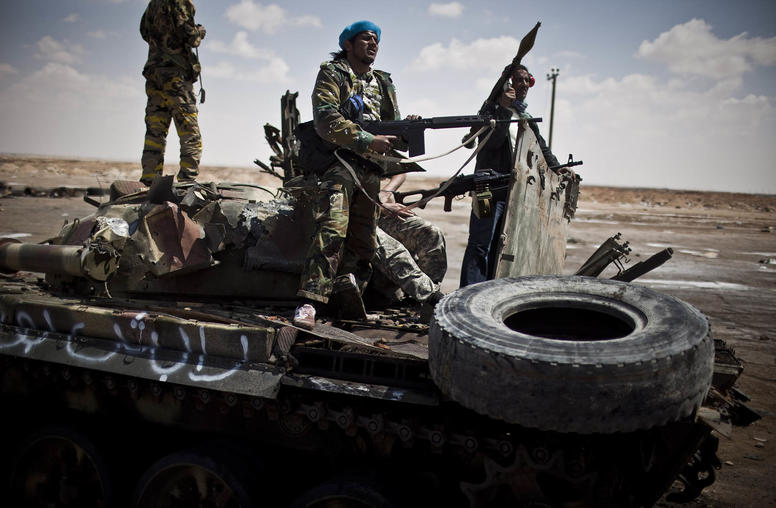Youth and the "Arab Spring"
USIP’s Stephanie Schwartz, author of “Youth and Post-Conflict Reconstruction: Agents of Change,” discusses the critical role youth are playing in the “Arab Spring.”

Youth played a central role in sparking protest movements across the Middle East. What are the factors that account for the prominence of youth as advocates of change in the Arab world?
For years scholars have been warning about the youth bulge – that the disproportionately large population of young men in the Arab world is a ticking time bomb. This logic focused on young people’s violent potential: young men with little access to jobs and whose grievances aren’t addressed by good governance are more likely to join rebel movements. In part we are seeing this come to fruition, but not in the ways originally predicted.
Instead of young men joining the ranks of existing, violent movements, we’re seeing an outpouring of young activists - both men and women - who in Egypt, Tunisia and elsewhere are using strategic non-violence as their strategy for change. There are a number of reasons for this. Young people in the Middle East, especially the growing urban youth population, have been hurt by low wages, high unemployment and high food prices that have exacerbated their existing discontent. Just as significant, this generation’s global interconnectedness through media and technology has exposed them to images of possibilities besides their current governments. These factors, among other conditions, combined to give youth both the impetus and the vision to lead the cause for change.
Despite their contribution to the overthrow of entrenched authoritarian leaders in Egypt and Tunisia, youth activists have struggled to consolidate their achievements. What obstacles have Egyptian and Tunisian youth confronted in their efforts to secure a voice in the design of new political systems?
Despite being the leaders of the Egyptian and Tunisian revolutions, youth generally hold less power in any political system than adults or elders. Moreover - the way in which these movements emerged was through widespread, decentralized grassroots participation. We assume that “the youth movement” represents one homogeneous group -- but young people are not all the same, and the youth movements represent many different interests and goals for the new Egyptian and Tunisian states. This puts the youth movements at a major disadvantage as they compete against well-established institutions and opposition parties for control over their countries’ future. For instance, the Muslim Brotherhood and other opposition movements in Egypt all had an interest in rallying behind the youth movement in overthrowing Mubarak. Now that power is up for grabs, the more established parties have the leadership and experienced political machinery to co-opt the process of state-building for their own goals.
Though the Middle East is still in flux, can we point to lessons that we might learn from the role of youth as political activists?
The events of the past few months have shown us that youth can be a force for change - not necessarily just a resource for violence. However the medium of that activism is constantly changing. Social media, hip hop, the arts and comedy have all played a role in antiregime advocacy. This is an important lesson for traditional political and diplomatic institutions across the world which in the past might have disregarded these softer forms of engagement, but are now looking to adapt in order to leverage these tools for sustainable change.
Finally, looking at the revolutions a few months out - it is clear that youth activism is just the starting point for young people to have a voice in their societies. For there to be sustainable change, there has to be a group of those still holding some power that is willing to keep listening to young people and address the substantive issues they are fighting against. We’re already seeing that problems like unemployment are not solved overnight, as young Tunisians flood the shores of Europe, still thinking that their best chance at success is to get out. The world is watching closely to see how if these movements can consolidate an agenda of the many different young people they represent, and how this platform may be incorporated into the policies and institutions of the developing states.


